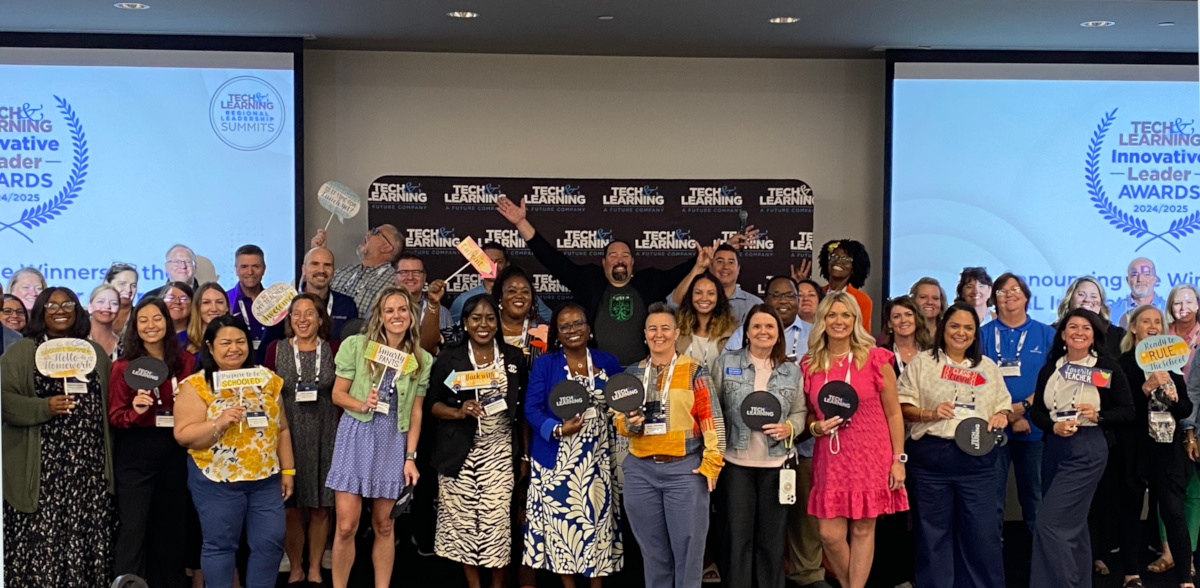FREE Resources -- Health and Safety
More than 30 Federal agencies formed a working group in 1997 to make hundreds of federally supported teaching and learning resources easier to find. The result of that work is the FREE web site. FREE stands for Federal Resources for Educational Excellence. The web sites listed below are excerpted with permission from the FREE web site. This month, we highlight web sites about health and safety; in other months, we feature other subject areas.
Agricultural Fact Book provides a statistical look at food consumption, farms, and rural places in America. Topics include eating out, fruit and vegetable consumption, meat consumption, refined grain v. whole grain, sweeteners, and food expenditures and prices. Learn about diversity and specialization among American farms and population changes in rural America. (Department of Agriculture)
The Anti-Drug has tips for parents for preventing drug use by their children. The site offers a brochure, methods for connecting with children, and suggestions on how you can talk openly and honestly with your kids about drugs. (Office of National Drug Control Policy)
Are You a Working Teen? informs working teenagers about their rights and safety responsibilities on the job, hazards they should watch out for, and the laws that protect them from doing dangerous work. It provides additional information such as working hours for teens and a list of places to go if they need help. (Centers For Disease Control and Prevention)
BAM! Body and Mind includes a Teacher's Corner with middle school classroom activities based on national education standards for science and health. The site is designed to answer students' questions on health and science topics and recommend ways to make their bodies and minds healthier, stronger, and safer. Fun activities teach about issues ranging from stress, and physical activity, and asthma to epidemiology and a West Nile virus investigation. (Centers For Disease Control and Prevention)
The Brain: Understanding Neurobiology Through the Study of Addiction helps students discover the fundamentals of neurobiology and how drugs change the brain. Among the topics: functions of specific brain areas; anatomy of the neuron; neurotransmission; drug action on neurons; genetic, behavioral, and environmental influences on drug addiction; and addiction as a chronic disease. (National Institute on Drug Abuse, supported by National Institutes of Health)
Calling All Students: Facts About Toxic Substances and the Environment provides information on toxic substances that may be found in our homes, schools, and neighborhoods. It provides links for kids, parents, and teachers to other government websites that offer information, teaching aids, and curriculum guides on consumer and environmental health. (Centers For Disease Control and Prevention)
Tools and ideas to transform education. Sign up below.
CancerNet is a gateway to the most recent cancer information from the National Cancer Institute. It contains sections on types of cancer, treatment options, clinical trials, genetics, causes prevention, and risk factors, testing, support groups, medical journals, and the Physician Data Query service. (National Cancer Institute, supported by National Institutes of Health)
ClinicalTrials.gov provides information about the location of clinical trials, their design and purpose, criteria for participation, and information about the disease and treatment under study. It contains over 4,000 clinical studies on various medical conditions such Alzheimer's disease, cancer, and diabetes. (National Institutes of Health)
Consumer Action Handbook provides advice and consumer tips on such topics as cars, shopping from home, avoiding consumer and investment fraud, home improvement and financing, and credit cards. Also included are thousands of names, addresses, phone numbers, and web site and e-mail addresses for national consumer organizations, better business bureaus, corporations, trade associations, state and local consumer protection offices, state agencies, military consumer offices, and Federal agencies. (General Services Administration)
Curiosity Creates Cures: The Value and Impact of Basic Research introduces the work of basic biomedical scientists -- scientists who seek answers to key biological questions like how cells talk to each other, how biological machines fold into their active shapes, and how genes are regulated. Topics include Alzheimer's disease, anthrax, flu vaccines, Nobel Prize winners, and more. (National Institute of General Medical Sciences, supported by National Institutes of Health)
Disaster Resources for Parents and Teachers provides a list of disaster relief documents relating to preparation and early warning systems, making schools more disaster resistant, helping child victims of disasters, talking to children about the threat of biological warfare or terrorist attack, and more. (Federal Emergency Management Agency)
Unintentional Injury Prevention looks at trends in unintentional injuries in the U.S., and conducts research to better understand risk factors and methods to prevent these injuries. Research and prevention programs focus on two categories of unintentional injury: motor vehicle-related injuries and home and recreation related injuries. (Centers For Disease Control and Prevention)
Emergency Planning for Schools is a one-stop website offering information that can help school leaders plan for any emergency, including natural disasters, violent incidents, and terrorist acts. Excerpts from a soon-to-be-published model "emergency response and crisis management plan" are also available. (Department of Education)
